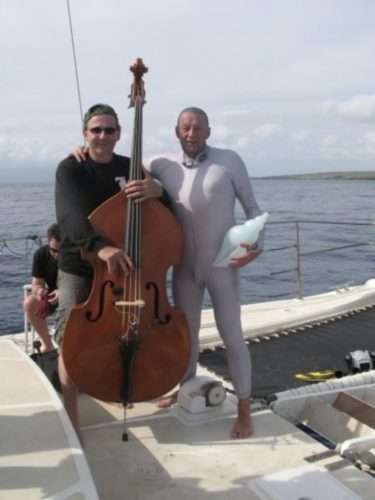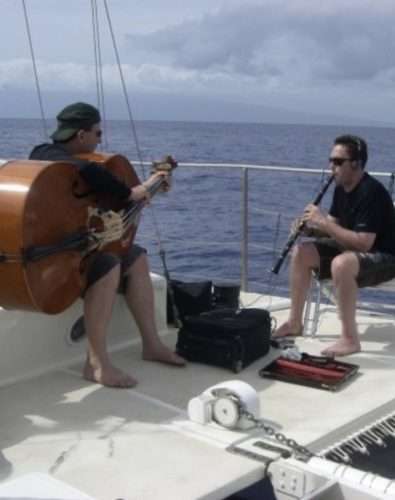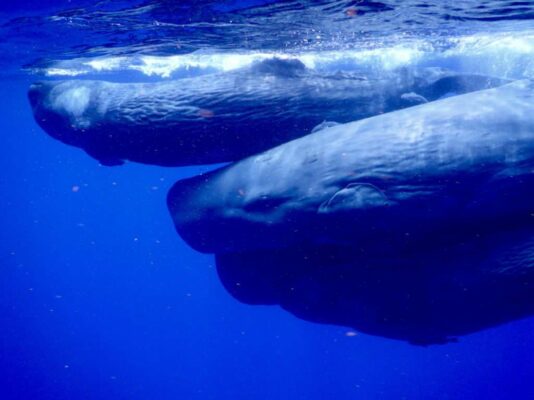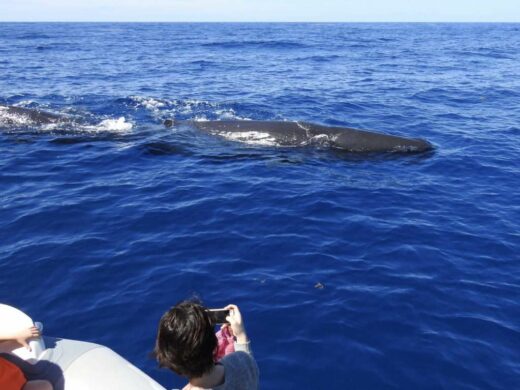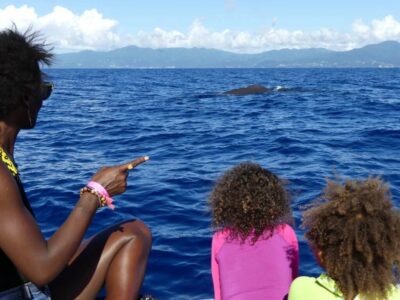For thousands of years, humpback whales have maintained lasting links with humans living near the coast. All over the world, they seek to get closer to humans, to share moments, to swim together, to exchange their songs, except in the Caribbean...
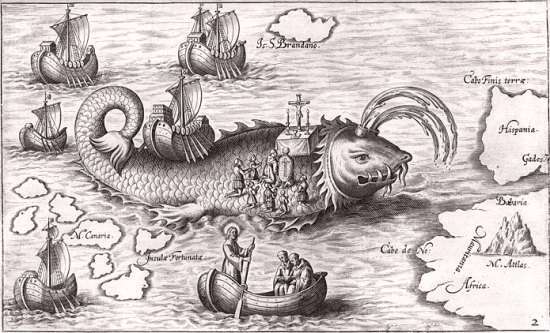
How can this be explained?
To understand this, we need to place the relationship between whales and indigenous peoples in a context that dates back thousands of years. When Europeans explored the North in the tenth century, they were fascinated by the links between the natives and the whales. Medieval literature described the Arctic as a land inhabited by "monstrous fish" and people capable of summoning them by magic.
Even the accounts of explorers and missionaries, describing the hunting and sharing of whales, were tinged with mysticism. In 1938, the anthropologist Margaret Lantis spoke of a "circumpolar whale cult" among the Iñupiat, the Inuit and other peoples of the North, proving this link through taboos and rituals. A killed whale was often given fresh water, a meal and even travel bags to ensure its spiritual return. Every whaler had songs to attract them, and shamans held religious ceremonies in whalebone circles. Amulets, passed down from father to son, reinforced this mysterious relationship, incomprehensible to non-native observers, especially scientists, who resisted anything anthropomorphic.
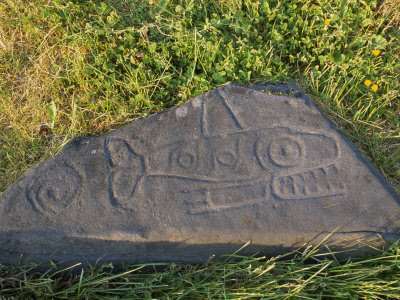
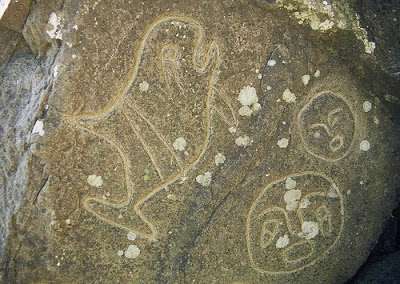
The mysticism of the peoples of the North and their sacred link with the whales
Along some Alaskan coasts, the rocks are covered with petroglyphs of men and whales.
They were carved by whaling shamans as part of rituals that enabled them to learn the secrets of the sea and offer thanks for its generosity.
In archaeology, such attitudes have limited our understanding of arctic prehistory," says Erica Hill, a zooarchaeologist at the University of Alaska Southeast. Whaler amulets and bone circles have been considered ritual or supernatural, with little understanding of what they meant to the people who created them. Instead, archaeologists who have studied animal artifacts have often focused on the tangible information they have revealed about what ancient peoples ate, how many calories they consumed, and how they survived.
Hill is part of a growing branch of archaeology that uses ethnographic narratives and oral histories to re-examine animal artefacts with fresh eyes and interpret the past in new, non-Western ways. It interests me as part of our prehistory as humans," says Hill, "but also in what it tells us about other ways of being.
The idea that Aboriginal people have spiritual relationships with animals is so well established in popular culture that it is a cliché. Yet, limited by Western science and culture, few archaeologists have examined the records of human history from the perspective that animals feel emotions and can express those emotions to humans.
Thus the Tinglits of North West America, the Aborigines of South East Australia, the Maori of Kaikoura, the Mayumba people of West Africa, the Hawaiians, the Polynesians and so many others have been able to forge powerful bonds based on respect and often exchange with these whales over several thousand years.
The exchange
Whale song can be found in the shamanic chants of the peoples who have listened to them for thousands of years, but human melodies can also be found in whale song...
(see The search for the lost music of the Kalinagos )
Respect
These whales are considered by the first peoples either as family members (the Tinglits in particular consider them as such, and eating their flesh is likened to cannibalism) or as divinities (the Hawaiians call them "Koholas", the goddesses of the sea, who are surrounded by an immense sphere of Mana, pure energy, the guardian of spirituality).
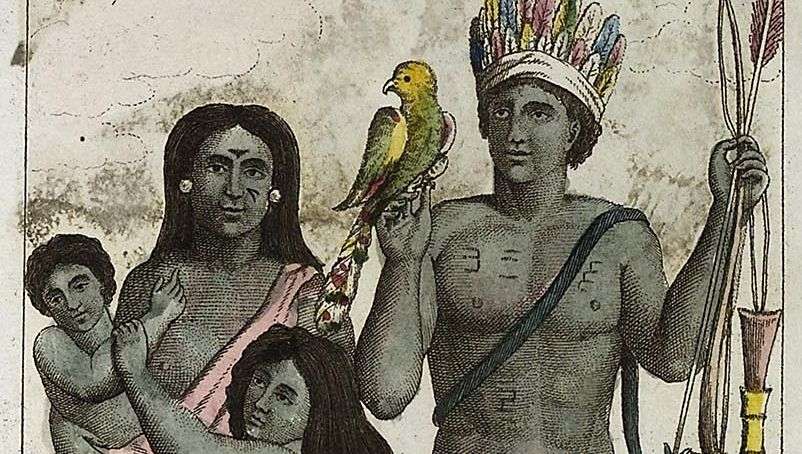
The Lost Caribbean Link
In the Caribbean, pre-Colombian peoples certainly had these same links with humpback whales, these whales considered these peoples as their family, until 1492 .
In 1492, the arrival of the Europeans sounded the death knell for these civilisations: Kalinagos, Caraibes, Taïnos, Arrawaks, these peoples were gradually exterminated or assimilated, their culture and spirituality wiped out. The whales were traumatised by the genocide of their 'family'. From then on, they developed a legitimate mistrust of the "new" humans who now populate the Caribbean.
Pierre Lavagne de Castellan
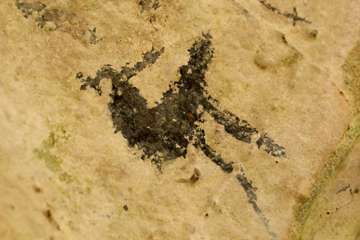
Rock painting Taino ( Dominican Republic 4000 years ago ) representing a humpback whale.
The position of this whale cannot be observed from the surface, this position, arched, pectorals at rest, is characteristic of a whale in socialization, the person who painted this whale maybe 4000 years ago used to be with it, underwater...
Our mission is to renew this link
Musical interaction with the humpback whales of the Caribbean is the key to renewing the dialogue with these animals... re-creating the link.
The three axes of work:
- The Shelltone Whale Project team communicates daily with the humpback whales of Guadeloupe using Shelltone, gradually establishing a musical dialogue. This music helps to create an intimate relationship and to renew ties with these cetaceans.
- We are preparing to form an orchestra of young musicians who will learn the music of the whales and then take them out to sea to play with them.
- We are going to meet musicians and scientists from other Caribbean islands where humpback whales live, to initiate multidisciplinary exchanges.
Learning whale music at the Petit Bourg music and dance school:
- This year, the music school of Petit Bourg, in collaboration with the Shelltone Whale Project, is offering its students the opportunity to follow whale singing and music sessions.
- Each pupil in this 'group' plays the instrument he or she usually plays, and Pierre Lavagne de Castellan teaches the pupils the melodies of the whales.
- The students have to compose their own piece inspired by the song of the whales.
The idea is that in time, the young musicians will be able to play with the humpback whales, on a catamaran specially designed for inter-species communication, using music as a vector of communication. We hope to renew the link between people and whales in Guadeloupe and then throughout the Caribbean.
Guadeloupe is thus on the way to becoming the first island in the world where children play music with the whales that populate its waters, inter-species communication elevated to art... A sharing and mutual recognition that is destined to last from generation to generation...
The search for the missing Kalinagos music...
It is known that humpback whales have been inspired for thousands of years by the music of the men who live on the shores of the areas they frequent. They have therefore built their musical repertoire in collaboration with these men. They then use this repertoire to pass on from generation to generation the proteodic songs, which they use for the functions we are developing here. However, in the Caribbean, the pre-Colombian populations, Tainos, Arrawacs, Caribbean, Kalinagos... have practically all been decimated. Only in Dominica do descendants of this population remain. The trauma of the invasion of their territory, the genocide they suffered and the colonization they experienced afterwards, caused them to lose most of their culture, including their music.
However, humpback whales have preserved this music, which they pass on, play and still use to convey their proteodic songs from generation to generation.
One of the goals of the Shelltone Whale Project is to recover this music from the whales of the Caribbean and to bring it back to the Kalinago people remaining in Dominica.
Pierre Lavagne de Castellan in Maui Hawaii, with David Rothenberg and Dan Sythe.
